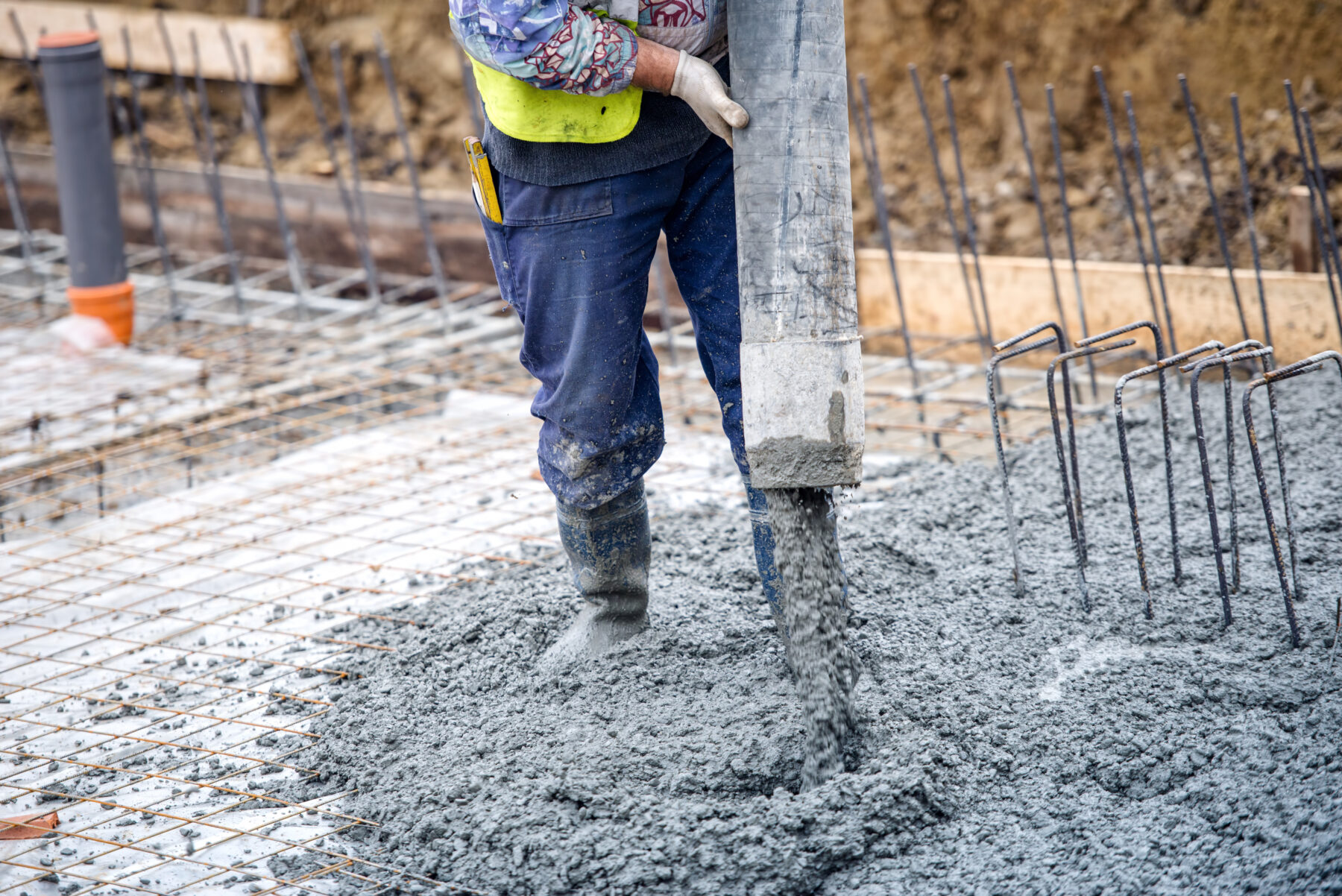Mastering Cold Weather Concrete: Tips for Successful Pouring in Cooler Temperatures
September 7, 2023

At Interstate Concrete and Asphalt, we’ve been in the business long enough to understand that concrete pouring isn’t a one-size-fits-all operation. Seasons change, and so do the conditions for your projects. Among the many challenges that construction specialists face, pouring concrete in cooler temperatures remains a top concern. Thankfully, mastering cold weather concrete is achievable with the right knowledge and practices. Here are our top tips for successful pouring even when the mercury dips.
Understand the Challenges of Cold Weather
Before delving into the solutions, it’s essential to understand the challenges that cooler temperatures pose. Cold weather can slow down the curing process, potentially leading to strength issues and a higher risk of surface damage. When the temperature falls below 40°F, the hydration process, which strengthens the concrete, can halt, leaving your structure vulnerable.
Use the Right Type of Concrete
There are specific concrete mixes designed for colder climates. These often include accelerators that speed up the curing process or air-entraining agents that make the mix more resistant to freeze-thaw cycles. By opting for a cold weather concrete mix, you’re already a step ahead in ensuring the durability of your structure.
Manage Your Pouring Schedule
When mastering cold weather concrete, timing is everything. It’s wise to pour in the mid-morning or early afternoon when the day’s temperature has reached its peak. This helps in maximizing the available warmth and reduces the risk of freezing during the initial set.
Warm Up Your Ingredients
A little preparation goes a long way. Warm up your water and aggregates before mixing. This can be as simple as storing them in a heated area or using warm water for the mix. The warmer the initial mix, the better chance it has to set before the cold sets in.
Ensure Proper Insulation
After pouring, the battle against the cold isn’t over. Using insulated blankets or heated enclosures can help maintain a consistent temperature. This is particularly crucial during the first 24 hours, a period when the concrete is most susceptible to the cold.
Avoid Excess Water
It might be tempting to add extra water to your mix, making it easier to handle in cold conditions. However, this can reduce the concrete’s strength and increase the risk of cracking. Stick to the recommended water-cement ratio, even in cooler temperatures.
Monitor the Temperature
Invest in a good quality thermometer to monitor the concrete’s temperature. This isn’t just about the ambient temperature but the actual temperature of the mix. Remember, even if the day seems mild, the ground could still be freezing, affecting the concrete’s temperature.
Extend the Curing Time
Cold weather naturally extends the curing time of concrete. You might need to keep protection measures in place for longer than you would in warmer temperatures. This patience ensures that the concrete reaches its desired strength and durability.
Consider Windbreaks
It’s not just the cold you need to worry about. Wind can accelerate the rate at which the concrete cools. If you’re pouring on a particularly windy day, consider setting up windbreaks to shield the area.
Stay Updated with Weather Forecasts
Lastly, always keep an eye on the forecast. This helps you prepare for sudden temperature drops or unforeseen weather conditions. With today’s advanced predictions, you can often plan your pours with precision.
While the challenges of cold weather concrete are undeniable, they’re far from insurmountable. With careful planning, the right materials, and a keen understanding of how cooler temperatures affect the pouring process, you can increase the success and longevity of your projects. At Interstate Concrete and Asphalt, we believe in equipping our community with the knowledge and resources they need to excel. Here’s to mastering your next cold-weather concrete project!

